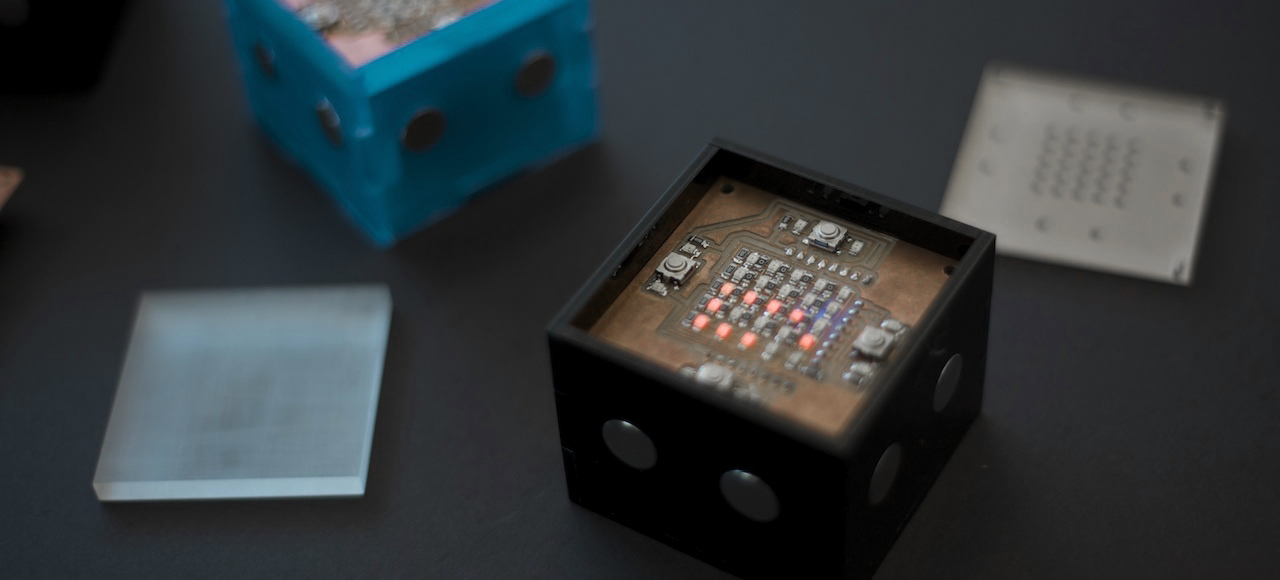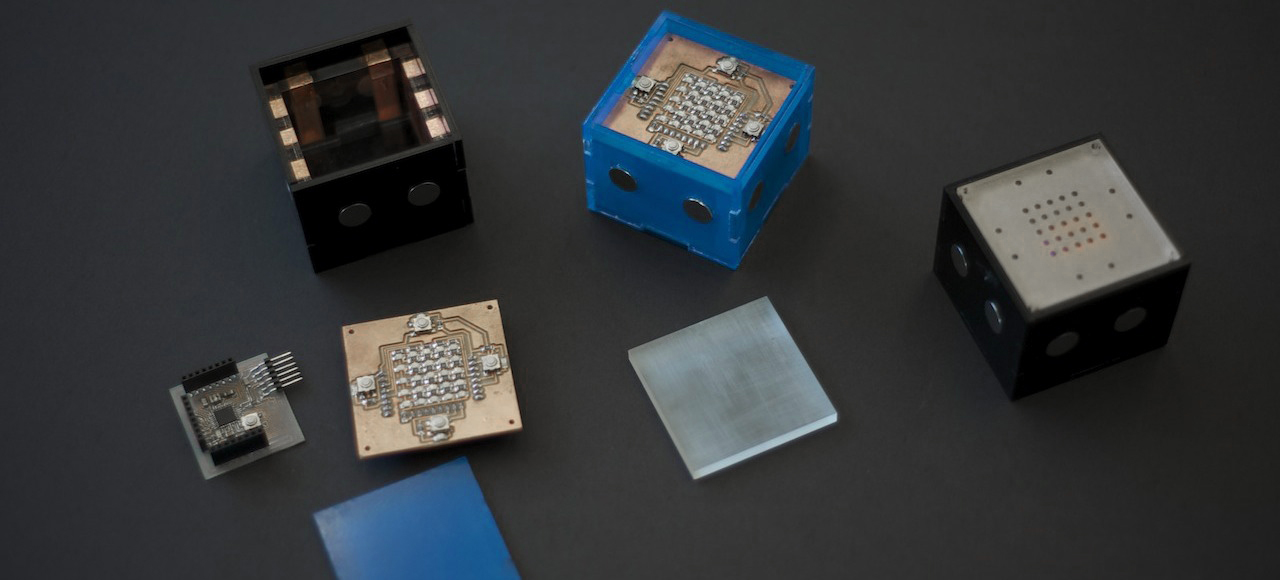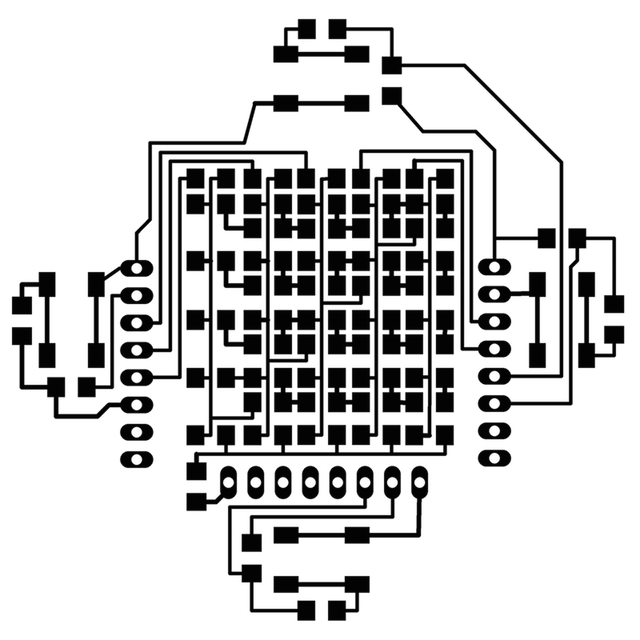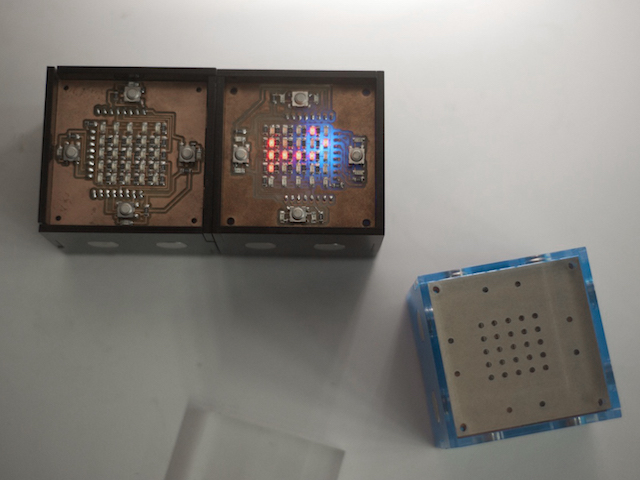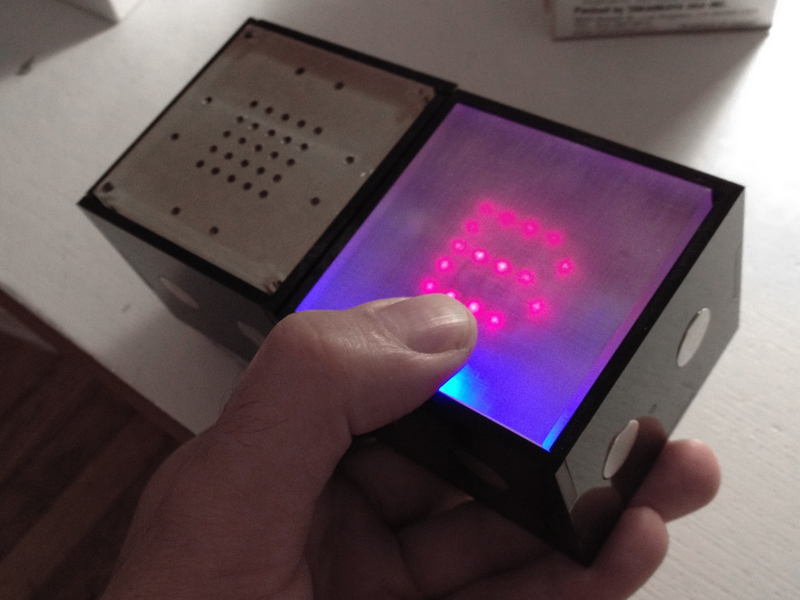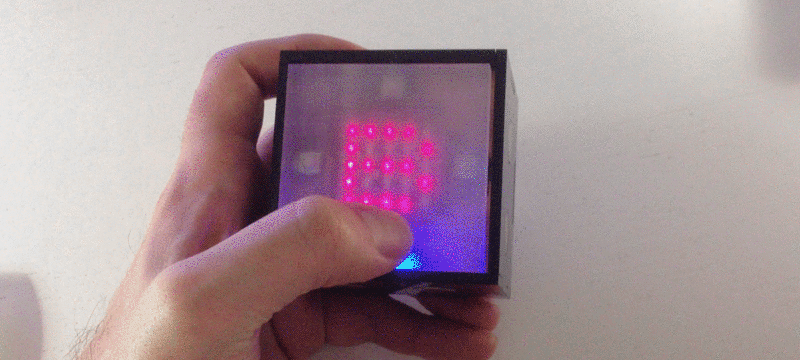BlockNet
How can physical assemblies become a medium of communication? BlockNet investigates the potential of architecture as a structural system to communicate information through its building elements. BlockNet is a construction set consisting of NetBlocks, intelligent building blocks that pass information signals to each other through physical contact. NetBlocks are constantly aware of the state of their collective assembly through peer communication, and can use this information to instruct a user how to assemble them or to understand their load distribution.

